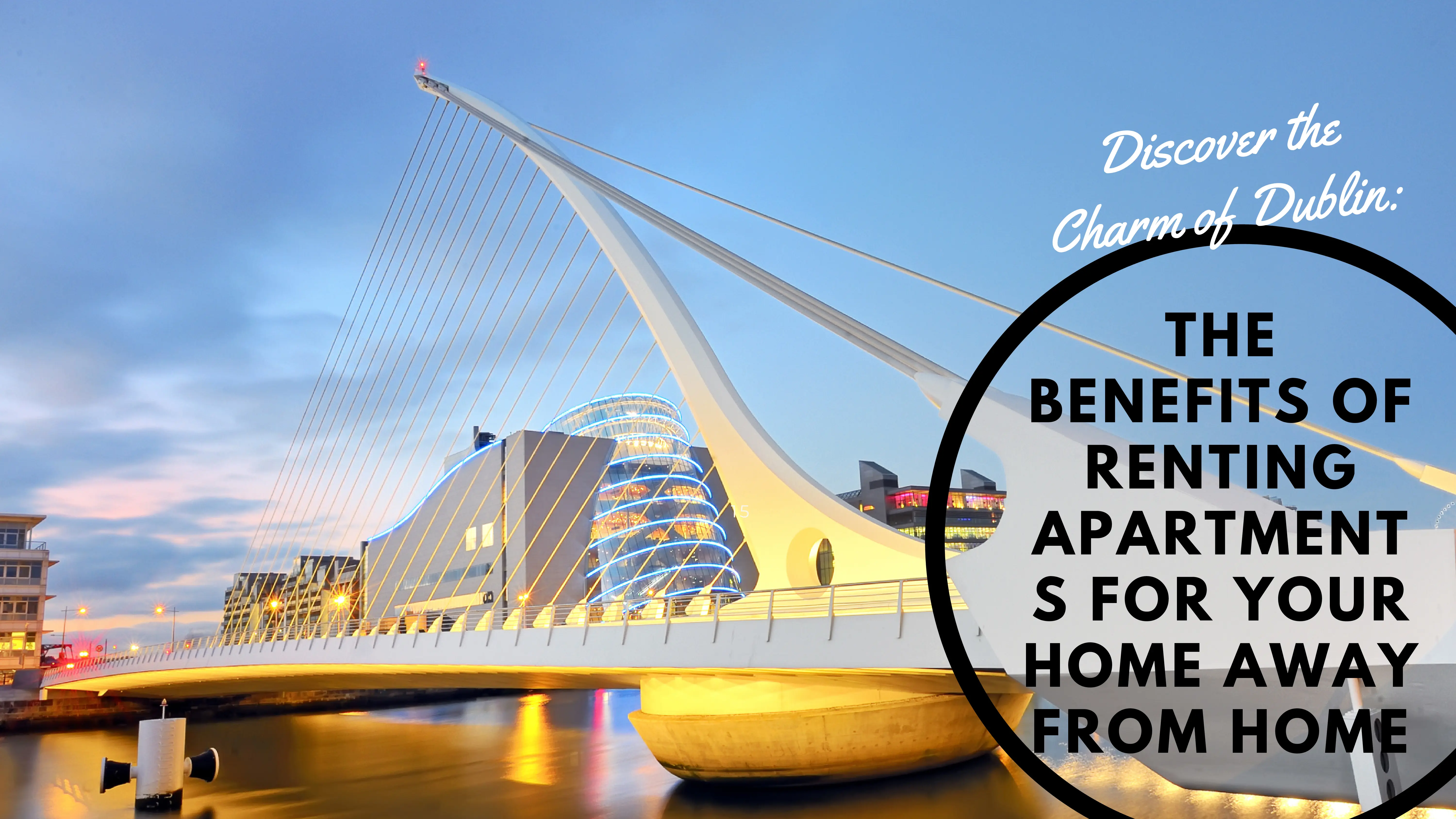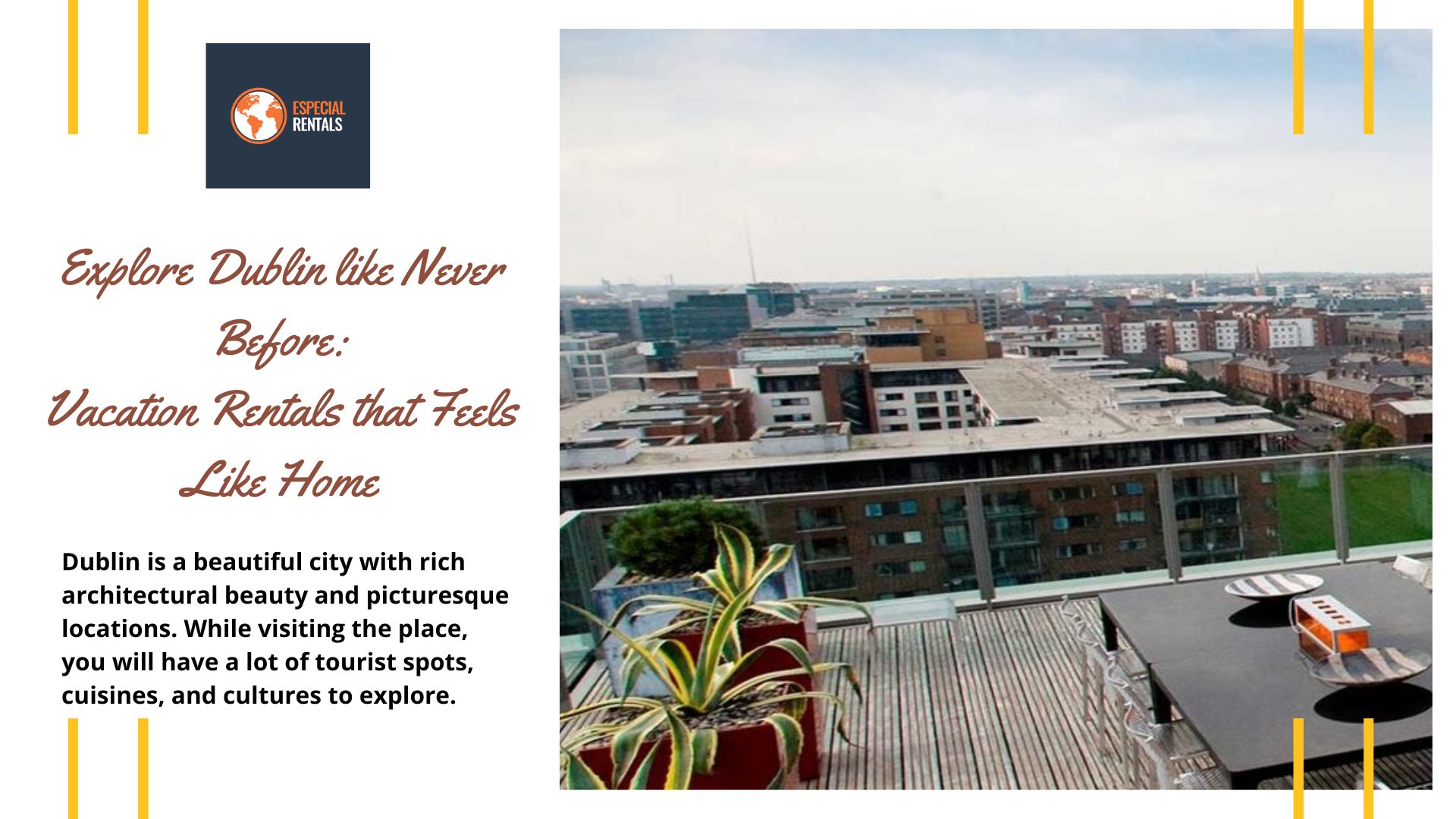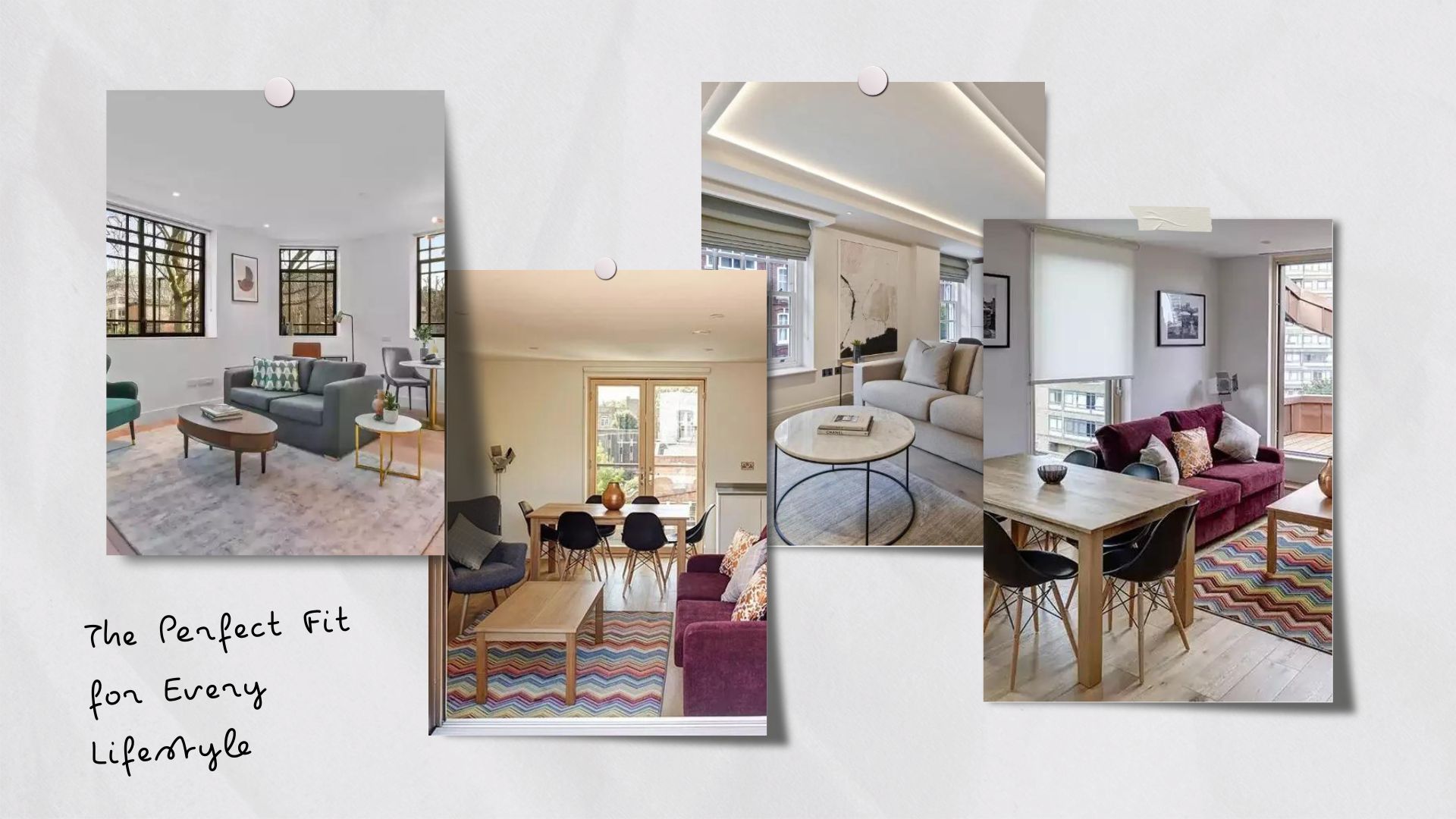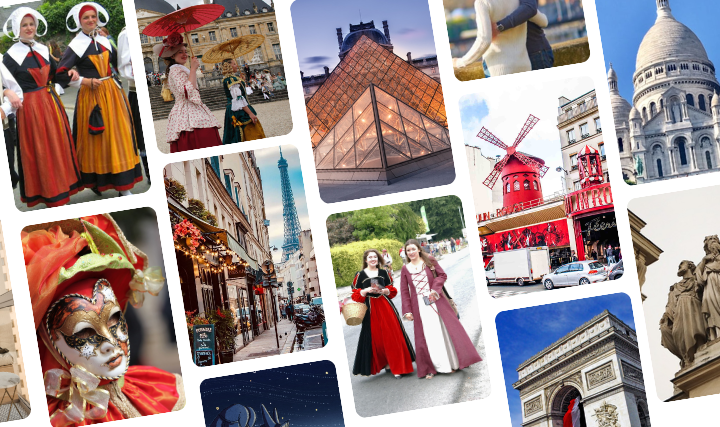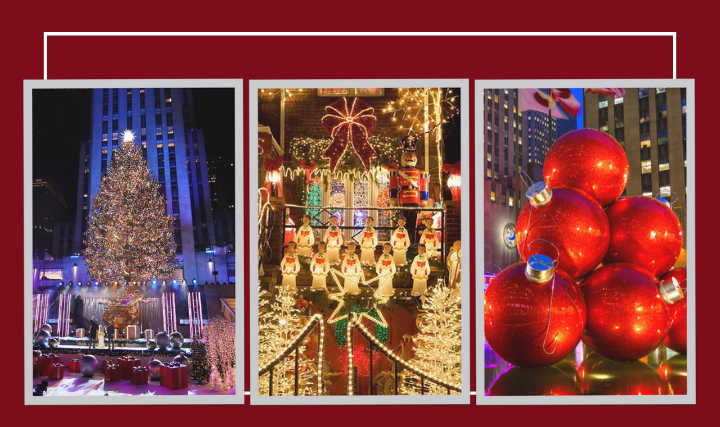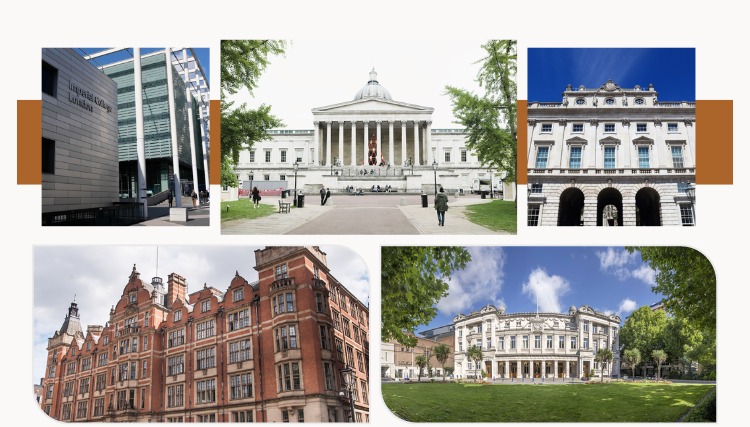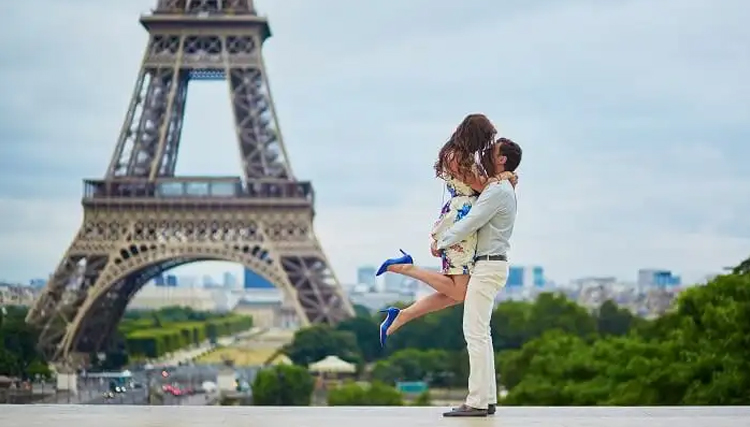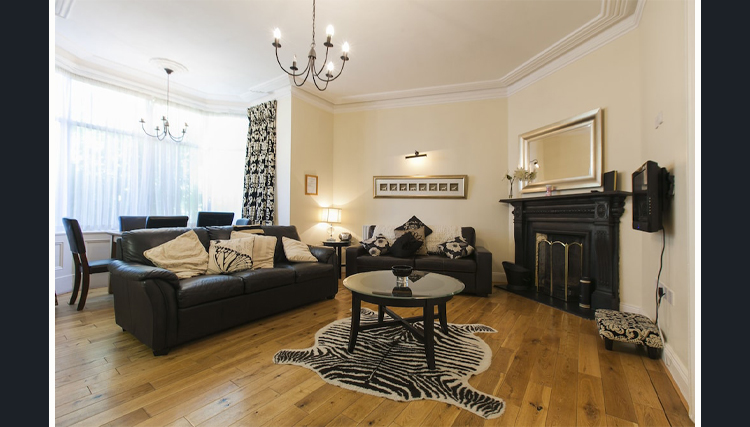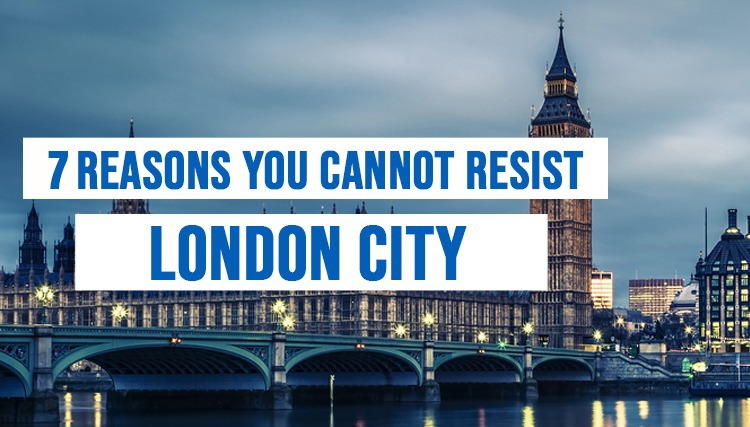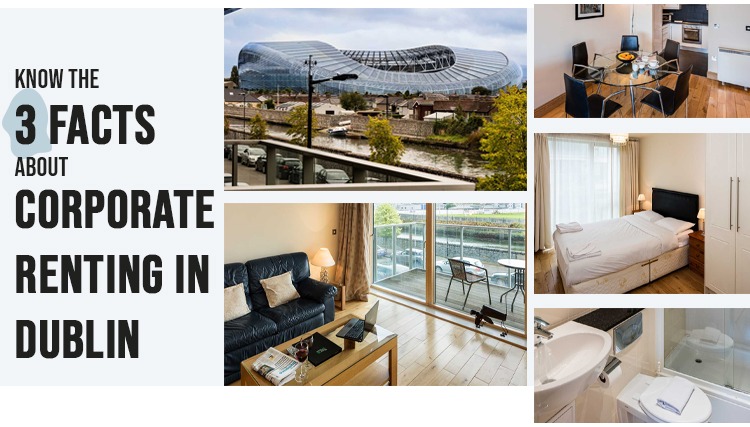
A Walk Through Dublin's Historic Streets
The streets of Dublin speak about the city's rich cultural heritage, deeply rooted in its history and the diverse communities that have called it home over the centuries. One of the most striking features of the city's streets is its architecture, which ranges from medieval structures like Dublin Castle and Christ Church Cathedral to Georgian buildings and modern skyscrapers. The city's vibrant street art and graffiti reflect its cultural heritage, with many works depicting famous Irish figures, such as James Joyce and W.B. Yeats.
Dublin's streets are also home to a wide variety of cultural institutions and landmarks, such as Trinity College, the National Museum of Ireland, and the Irish Writers' Centre, which all speak to the city's rich literary and artistic tradition. The city's pubs, in particular, are an integral part of its cultural heritage. They have long served as a gathering place for locals and visitors alike and are known for their traditional Irish music and storytelling.
Dublin's streets also reflect the city's more recent history and cultural heritage, with a diverse range of ethnic restaurants, shops, and markets, which have been established by the various immigrant communities that have settled in the city over the years. This diversity is reflected in the city's vibrant and multicultural festivals, which take place throughout the year, celebrating the different cultures and traditions that make Dublin a unique and dynamic city.
Some Major Draws
#1 Trinity College
The heart of Dublin's historic district is Trinity College, founded in 1592 by Queen Elizabeth I. The college's impressive architecture and lush green campus make it a popular spot for visitors. The college's Old Library is home to the Book of Kells, an illuminated manuscript dating back to the 9th century. Visitors can view the book, considered one of Ireland's greatest treasures, in the library's Long Room.
#2 Grafton Street
From Trinity College, visitors can stroll down Grafton Street, one of the city's most famous shopping destinations. The street is lined with various shops, cafes, and street performers, making it a great place to people-watch.
#3 St. Patrick's Cathedral
Another must-see destination is St. Patrick's Cathedral, the largest church in Ireland. The cathedral, which dates back to 1220, is the final resting place of Jonathan Swift, the author of Gulliver's Travels. Visitors can also climb to the top of the cathedral's tower for a panoramic view of the city.
#4 Ha'penny Bridge
One of the most iconic landmarks of Dublin is the Ha'penny Bridge, a cast iron pedestrian bridge that spans the River Liffey. The bridge was built in 1816 and was initially known as the Wellington Bridge. Visitors can stroll across the bridge and take in the sights and sounds of the river below.
#5 Temple Bar
From the Ha'penny Bridge, visitors can make their way to Temple Bar, Dublin's cultural quarter. The area is filled with various shops, restaurants, and pubs, making it a great place to grab a bite to eat or a pint of Guinness. The area is also home to several cultural institutions, such as the Irish Film Institute and the Temple Bar Gallery & Studios.
#6 Dublin Castle
Dublin Castle, built in the 13th century, has been the seat of British rule in Ireland for centuries and has been the site of many important historical events. Visitors can take a guided tour of the castle to learn more about its history and impressive architecture.
#7 St. Stephen’s Green
Dublin is also home to many beautiful parks, such as St. Stephen's Green, a Victorian-era park in the city's heart. The park is a popular spot for locals and visitors and features a lake, a playground, and a variety of flower gardens.
Final Say
Dublin has a rich history and culture, and walking through its historic streets is a great experience. If you want to explore the city at its best, then schedule a trip soon and stay like a local at a native holiday home in Dublin! For more details, connect with Especials Rentals today!
MAKE AN ENQUIRY - Apartments to rent in dublin





























